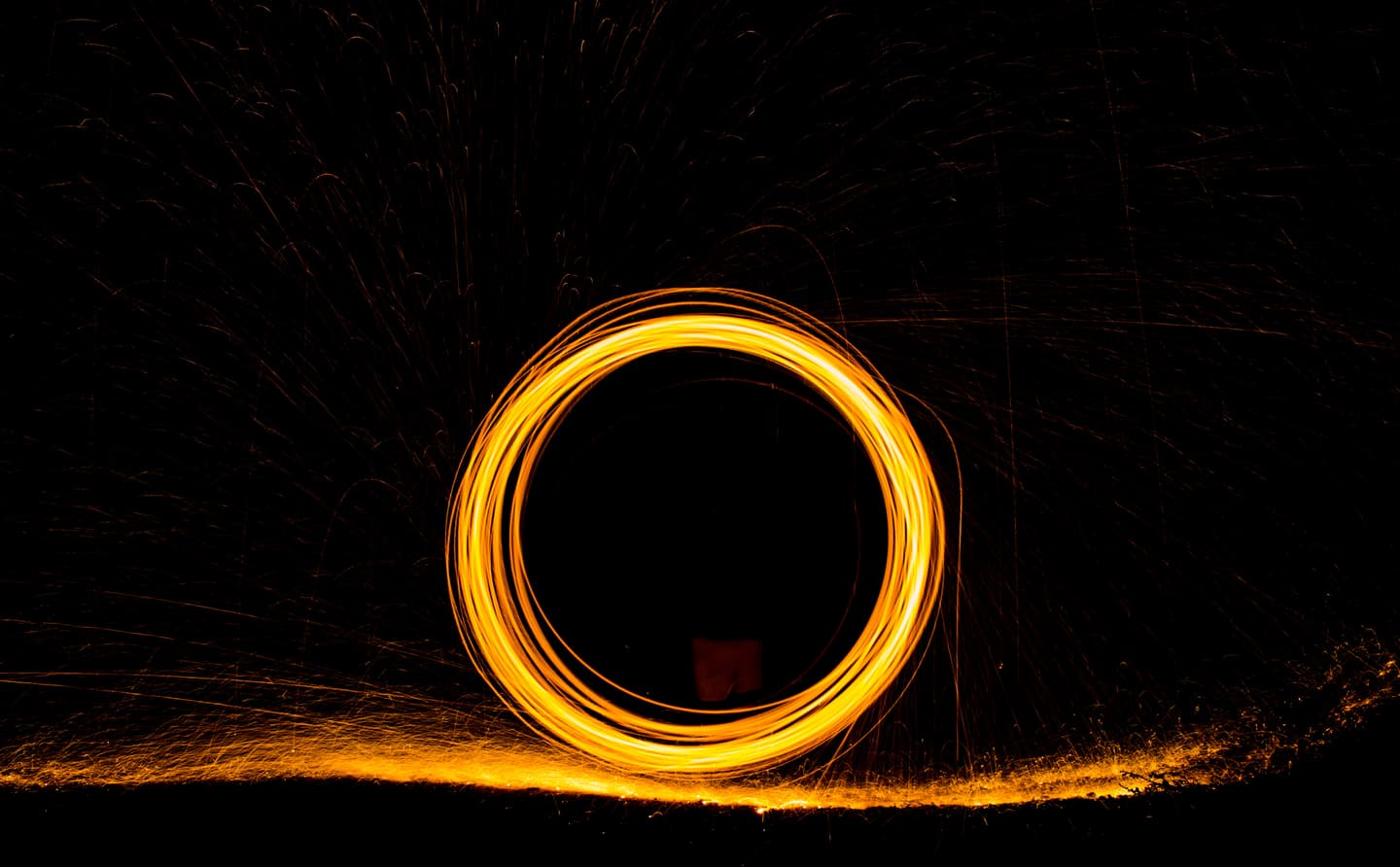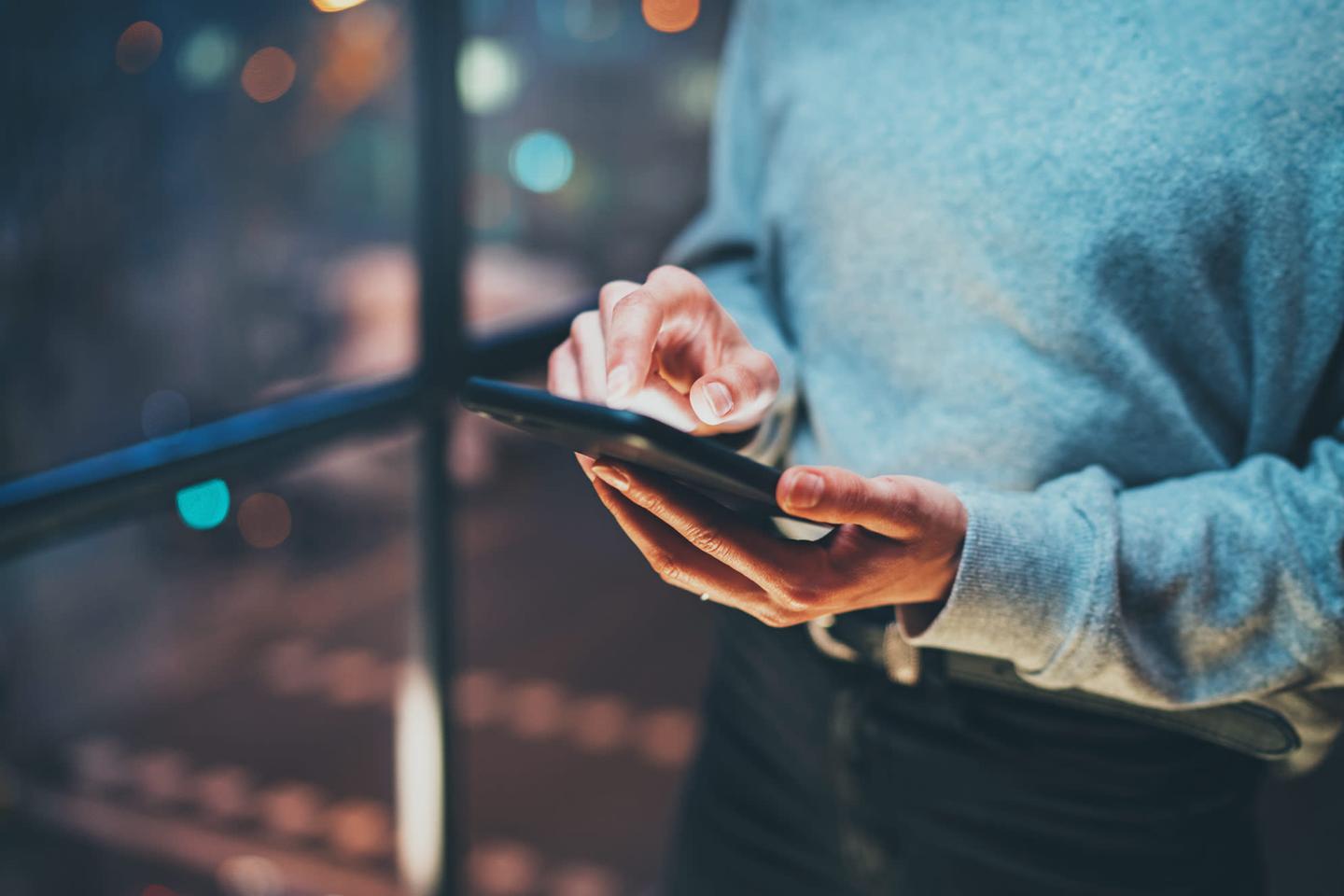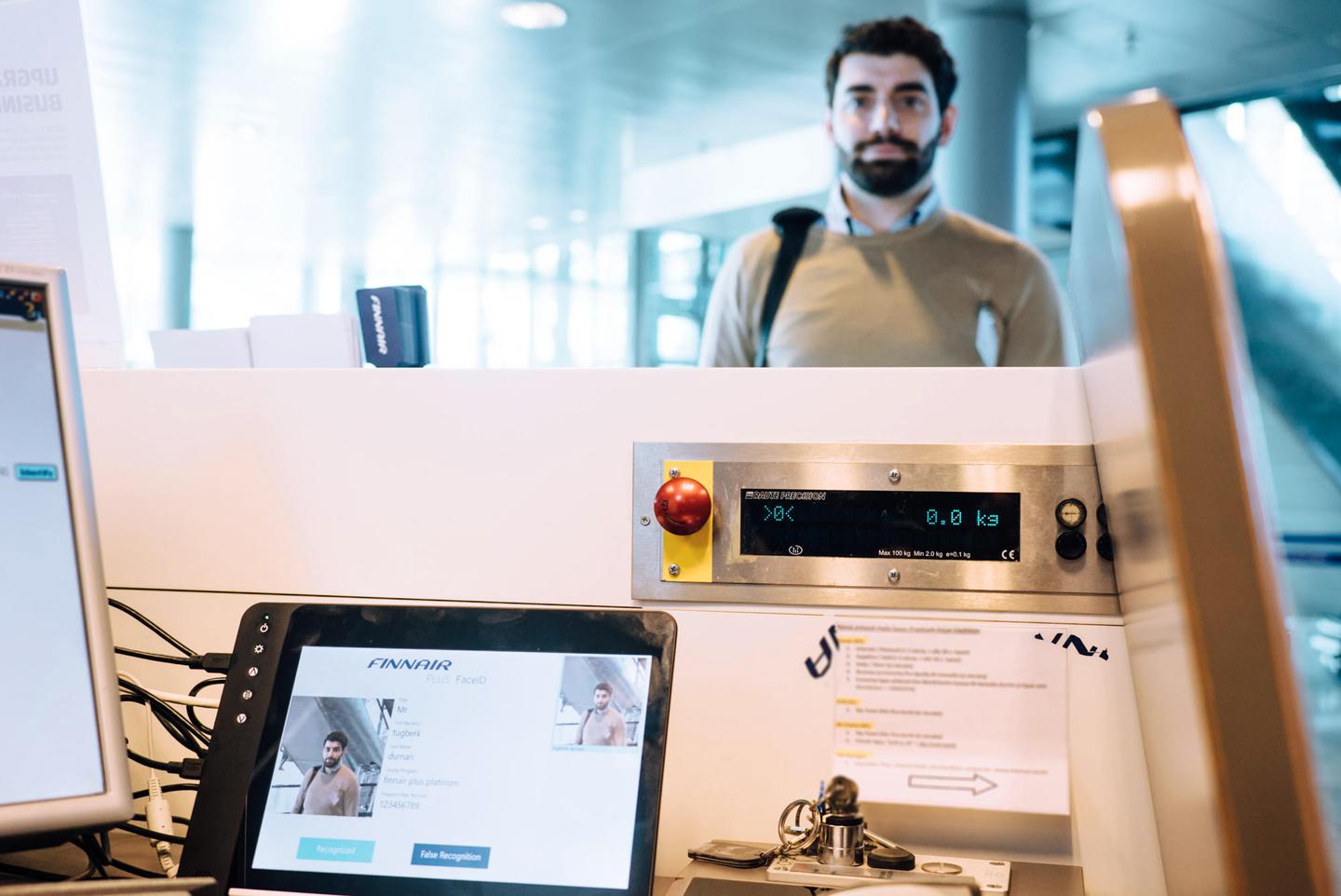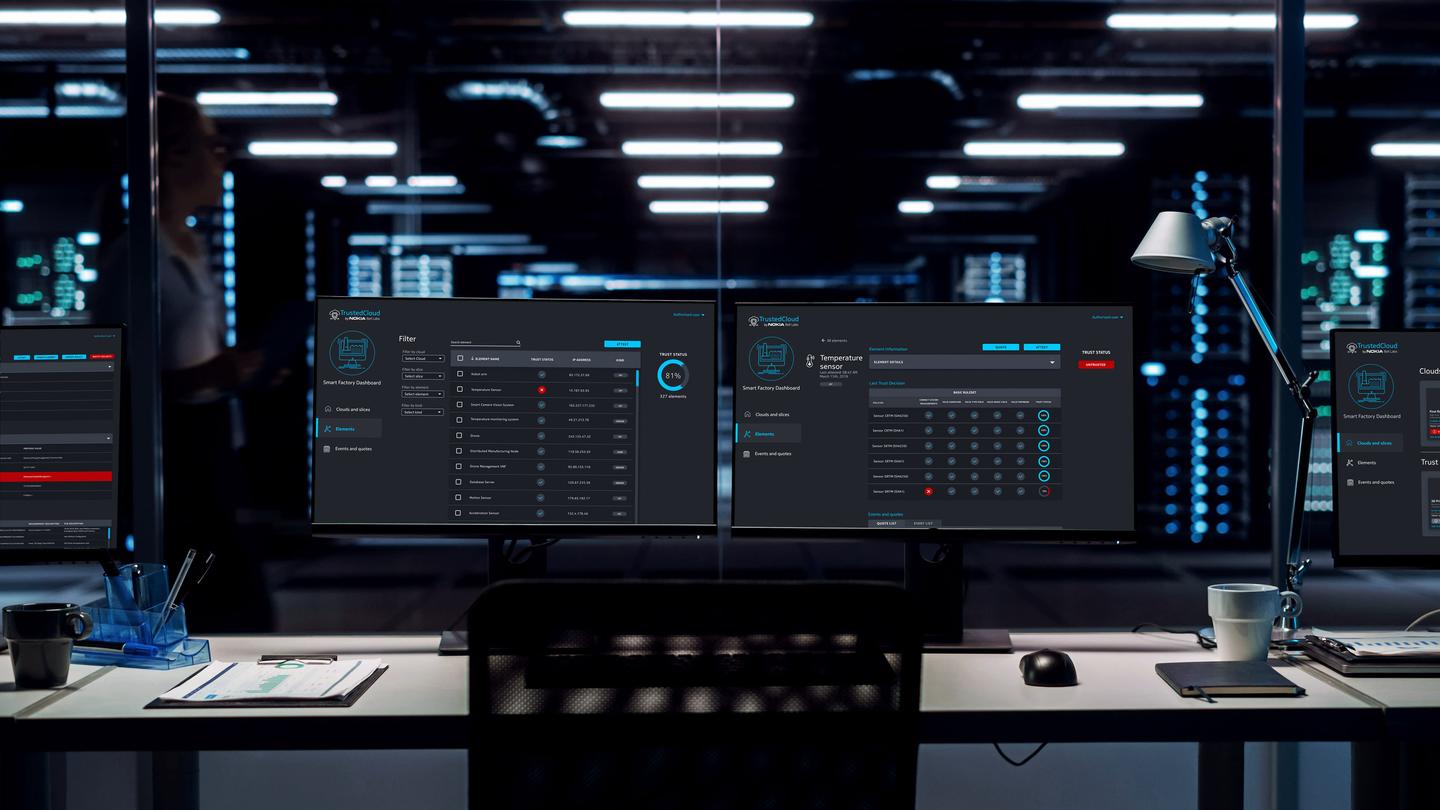Transitioning to Circular Economy? Pick Futurice.
This is a sales pitch. There’s no list of 5 tips to remember, no big insight everybody knows that I just learned and now know, too. I’m just trying to get certain kinds of clients to pick my company for a very specific kind of work, because it would be good for them and good for us. And, more importantly, good for the planet.

The Problem
Ok, so we’re in a little bit of a situation: our climate is going to hell and our children with it, unless we fix our s..tuff. Fast. Very fast. To avoid total disaster, we have to change lots of things about the way we work and live - starting yesterday. Transitioning to a circular economy is one of our biggest jobs to be done. What does it mean? Well, to put it simply: instead of taking things out of the ground, using them for a bit and then chucking them into the sea, we need to keep the same resources in use virtually forever, in various shapes and forms. We need to reimagine, redesign and rebuild all our systems and our society so that nothing gets chucked into the sea, because it’s so damn valuable a resource. We need to close all our loops, just like Mother Earth closes all of hers.
It will be hard.
The job to be done
What does going to circular mean in practice? Does it concern your company? Or is it business as usual for most? If the success of your business relies in any way on any of the following factors, it most likely concerns your company:
- A stable, peaceful society
- Steady supply of certain goods or resources
- Customers’ value systems
- Investors’ value systems
- Environmental regulation (now or in the future)
Some sectors may transform less than others, but for most the shift will be major:
Our food system needs a complete overhaul: food waste eliminated throughout the supply chain; agriculture reinvented to rely on smart systems of production; delivery and supply-demand balancing; an end to clear cutting tropical forests; no more pesticides that kill bees and people; a shift away from growing animals for slaughter.
The construction sector needs a lot of work too: as one of the least digitised major industries today, they need to leapfrog to embracing data, sensors & AI throughout the whole value chain. This will enable the creation of smooth material flows inside and between projects and a more seamless collaboration across the board. Smarter design, planning & management of construction projects as well as smart management of real estate throughout its lifecycle, up to and including the demolition stage, will make a huge difference for our world.
In the “consumer discretionary” area (jeans, cupboards and toys), things are moving in a better direction, but positive development needs to be accelerated: take-back programs(e.g. H&M), upcycling and second life (e.g. Iittalla and this Reuse Centre’s), goods as services (e.g. Philips’ light), pushing change throughout supply chains and, even better, redefining an industry with circularity as the starting point (e.g. MudJeans).
The manufacturing industry is another big one. Here, failure prediction tools built on data collected from sensors will extend the lifetime of equipment and prevent accidents in mission-critical contexts. Simple things like streamlining the sales, deployment and maintenance processes for equipment will lead to massive energy savings. Cross-industry collaboration will enable the reuse of waste from some industrial processes as input for others, thus closing important material and energy loops.
In mobility, the transition from ownership to services will not only increase the efficiency of moving people and things around, but also create an incentive for vehicle durability, which large fleet owners will be able to act upon.
In energy, replacing fossil fuels is the primary challenge, but definitely not the only one. We also need to build smarter, more resilient and flexible grids; balance production and consumption of heat and electricity using monitoring and prediction tools; develop new business models and ways to help consumers become providers– of electricity (think solar panels), storage (think electric cars’ batteries) or flexibility (remote, automated use of appliances).
Even finance has a massive role to play. Smart contracts will help automate entire supply chains and keep the wheels turning smoothly, which is vital for a functioning circular economy. And who knows, maybe the promise of blockchain comes through and money is reinvented - even to the point that by design it stops us borrowing from our children and starts accounting for resource use and pollution. One can hope, right?
Why pick Futurice for transitioning to circular
You need digital tools
Circular transformation can’t happen without digitalisation. It requires a seamless flow of resources, goods & materials– the reuse, recirculation and recycling of things in the right place at the right time. This can only be achieved with the help of some very smart systems. Changing people’s behaviour and a steady flow of innovative products, services and business models are also required, but digital tech will bind it all together and make it work smoothly. We’ll need sensors and dashboards to understand the flow of goods and materials. We’ll need fault prediction tools to extend the use of industrial equipment. We’ll need automated transactions for smooth and transparent supply chains. We’ll need simulation and calculation tools to support sustainable building practices. And a lot more. Many of these things we’ve already designed and built with our clients, others we are currently working on, and all of them we can do, because digital design and build is in our very core.
You need transformation
Transitioning to a circular mindset certainly won’t be easy. It requires a cultural shift on an organisational level, as well as asking new questions and seeing the business in new ways. It may even require slight adjustments to value systems. This is hard stuff. We’ve been doing this sort of work for years - first on ourselves and then with clients. Our extensive experience with guiding organisations through their digital transformation puts us in a good position to help with your transition to circular. We’re not experts in the circular version yet, but we do know we can help transform organisations. And this is one transition that needs to be done, and fast.
We have the tools and the mindset
Our free, official Lean Service Creation toolset has a new version coming (we call it 3.0 - stay tuned). In this new version, the impact on business, people and the world is the red thread running throughout the service creation process. This accommodates its use on circular economy projects while keeping the grounding to business and customer realities. Sure, they are just canvases, but they summarize our latest experience and thinking what comes to service creation.
We have the experience
...We’ve done a few thousand projects so far and many of them have even had to do with circular – some because we pushed for it, most because it just so happened (“you need digital”). Here are a few examples:
Defining Circular Business models for one of Nordics biggest Telco operators (not public yet)
BMW Energy Services (not published yet)
We have the desire to contribute
As a community, we deeply care about the meaning of our work and its impact on the world. Spice Program, Chilicorn Fund and our culture of sharing prove it. A positive impact on society & environment are now cornerstones of our corporate strategy. For impact and meaning, working to build a circular economy is one of the most important tasks we face as a company and as people. It’s a huge challenge and we’re ready to play our role in tackling it.
In conversation with Futurice designers on Circular Economy (video, LinkedIn)
Sustainability and Circular Economies: Collaborating for a Resilient Future (event video)
Get in touch
So, let’s do the circular transition together, via digital, innovation and cultural transformation! Review our work and services and then get in touch!
Blog image credit: Photo by Jeremy Perkins on Unsplash
 Sebi TauciucLead Designer, Social Responsibility
Sebi TauciucLead Designer, Social Responsibility


